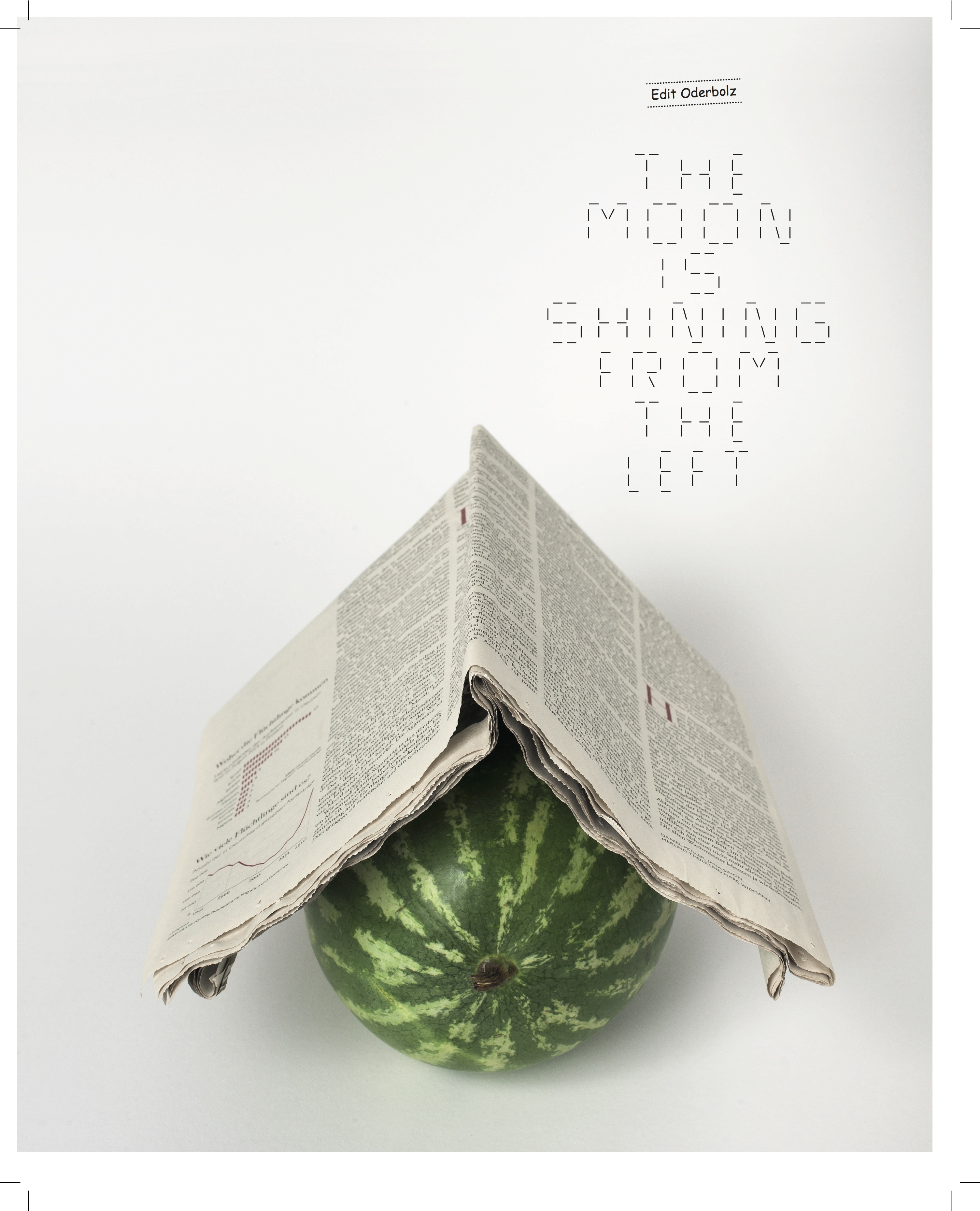Edit Oderbolz
31.8. —
6.11.2016
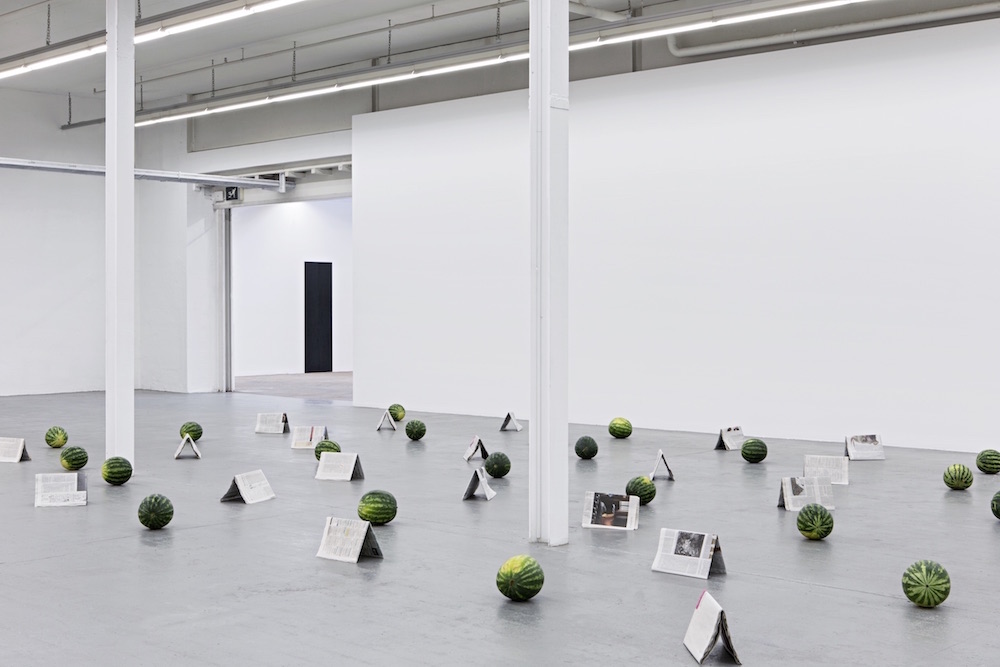
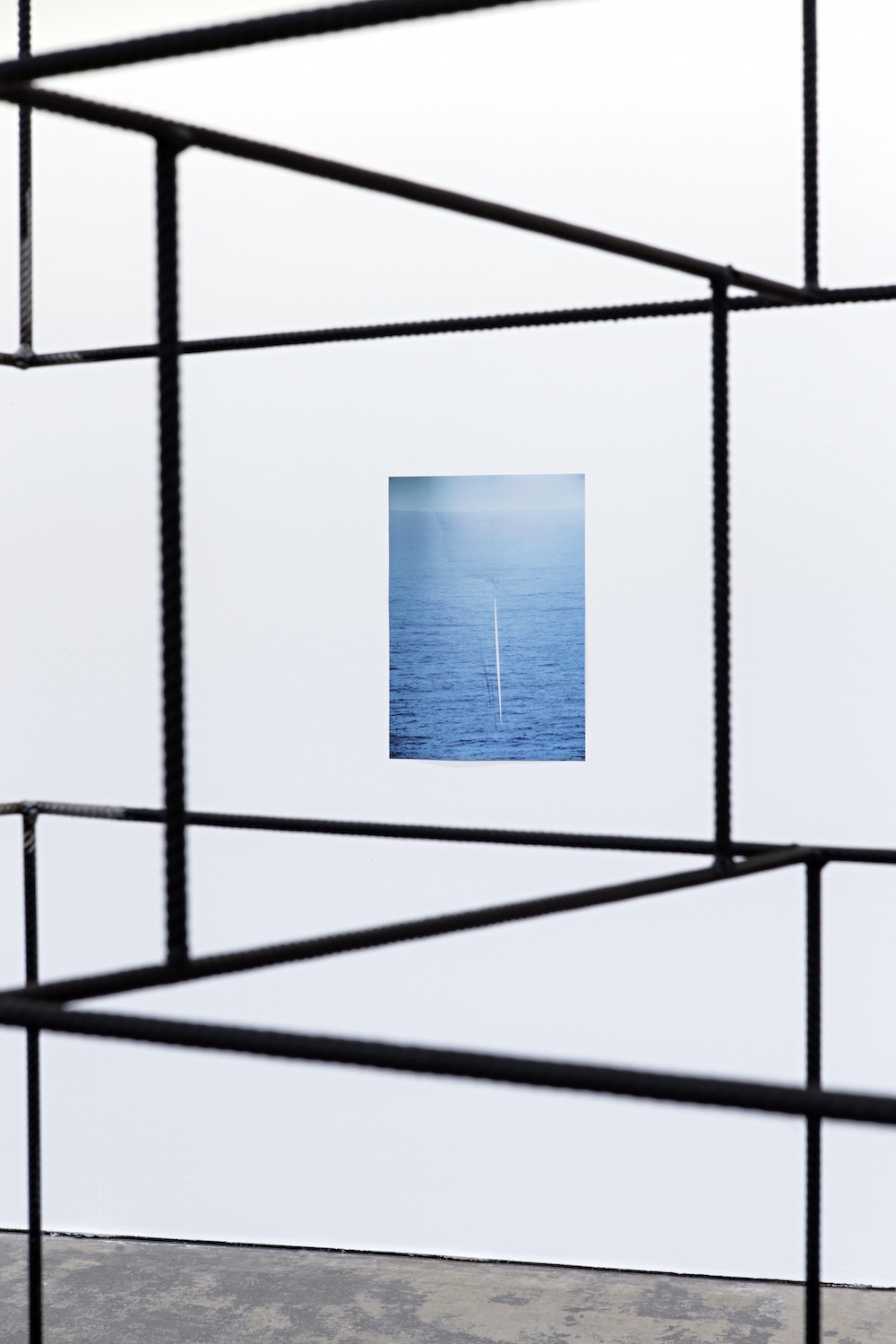
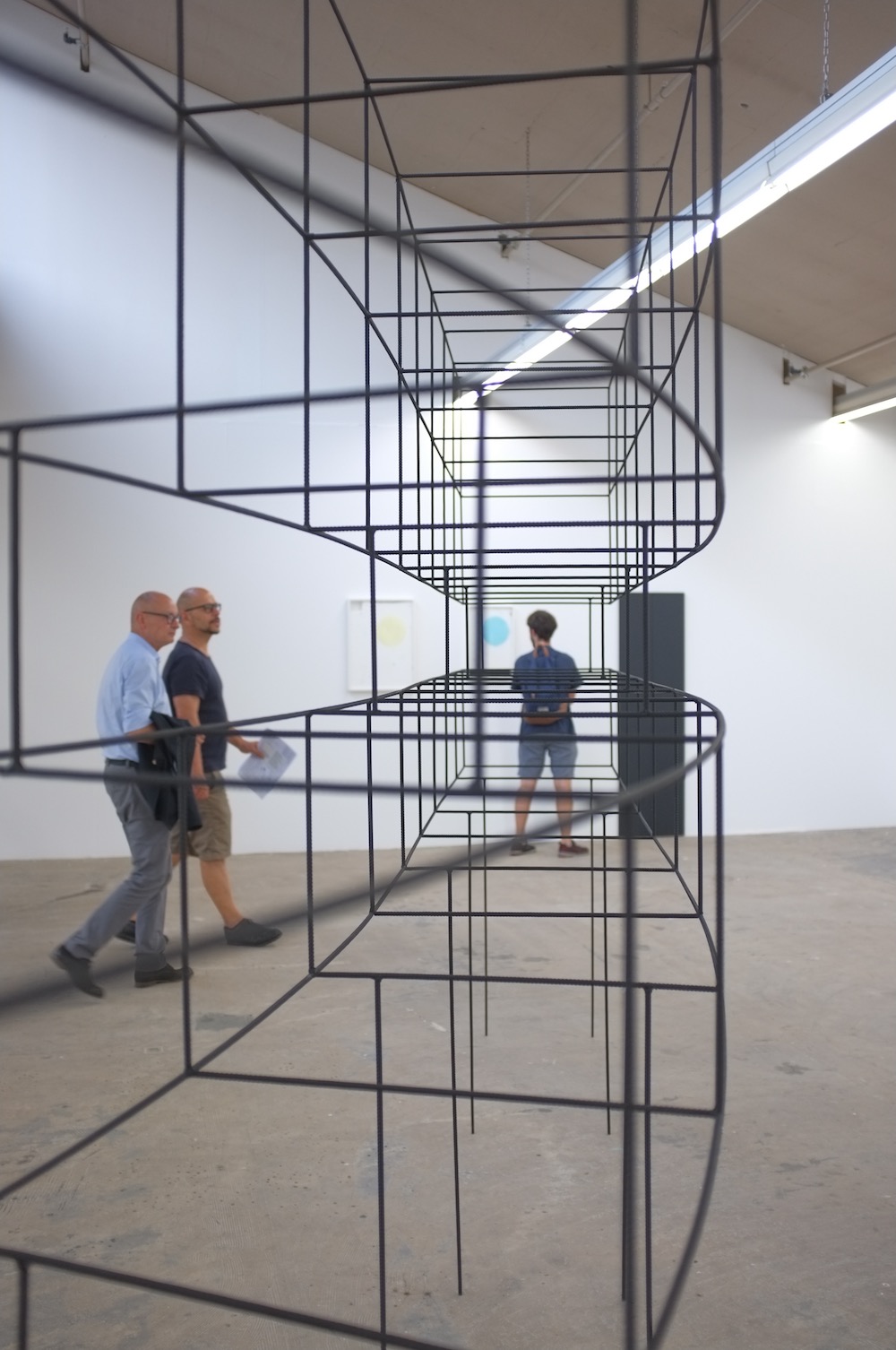
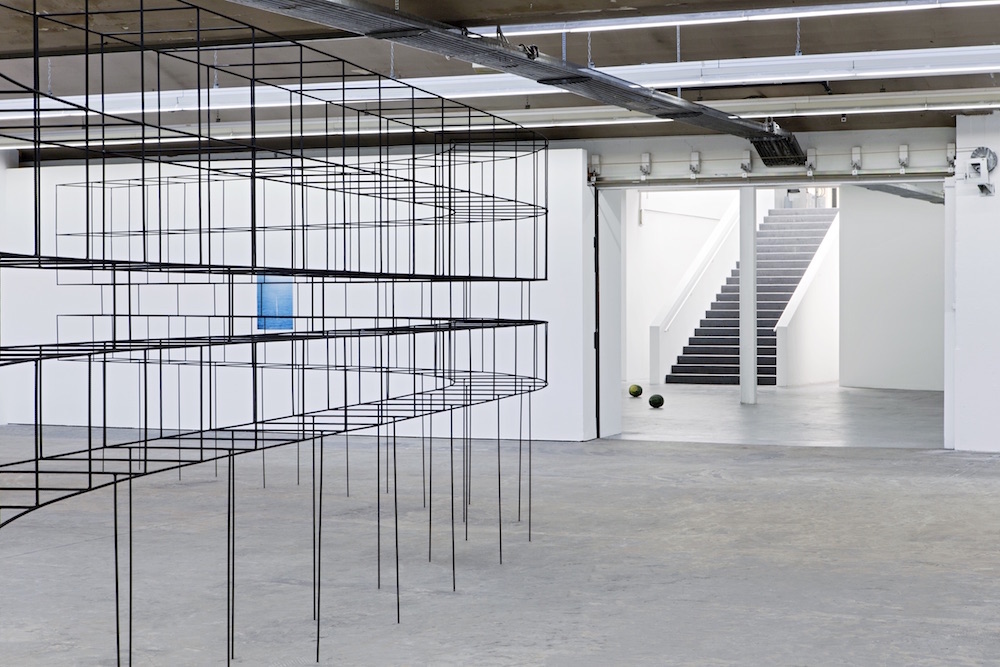
Selected press coverage
At the Kunsthaus Baselland and the Kunstverein Nürnberg Edit Oderbolz presented her first extensive solo exhibition for seven years, an exhibition which will consist entirely of new works. With this, the artist will pursue her lasting interest in sculptural arrangements, restructuring and amplifying existing architecture and environments. Empty spaces and gaps play a central role in her installation works: in her abstract structures she creates the potential for narrative, and her use of everyday materials with their cultural connotations equally plays a part in this. The materials chosen by Oderbolz often fluctuate between stability and ephemerality and have a particular influence on the viewer’s physical and mental experience of a space.
A clear relationship to place and space always defines Edit Oderbolz’s works. The development of the works with and beyond the space was the key starting point for both exhibitions, in Muttenz and in Nürnberg. The artist developed a specific presentation for both institutions, one which will be echoed in the other location, absorbing new works and, in turn, changing others. At the Kunsthaus Baselland Edit Oderbolz occupyed the whole basement storey and through a sequence of works create a new temporal dynamic to emerge while moving through the spaces. In Nürnberg she responded to the historical spaces and the ‘neue Sachlichkeit’ (New Objectivity) architecture of the Milchhofgebäude, the former dairy plant headquarters where the Kunstverein is based. In this sense Edit Oderbolz’s two exhibitions were not planned as a touring show but as two mutually enriching concepts.
The variety is surprising: reinforced steel bars, colorful T-shirt fabrics, fitted sheets in muted shades, plastic foil, photographs, and texts. For many years now, Edit Oderbolz has used and combined a characteristic range of forms and materials, which she continuously questions, explores, and negotiates. A central theme in nearly all her work, says the artist, is the survey of space as a unit of experience and action. We are standing together in her studio in Basel, which serves as a constant between her many travels. The high, sunny space currently holds, in preparation for Oderbolz’s solo exhibition at Kunsthaus Baselland and Kunstverein Nürnberg, a tall, clearly structured object made from reinforced steel bars. The work is titled Pose. This segment is around 2.5 meters high and 2 meters long. With its square and rectangular openings, it gives the appearance of being a lightweight structure, one that is both sculptural and architectural.
Scattered about the floor are large, yellow-green marbled objects that look deceptively similar to watermelons and are in a way just that. Next to this are several folded newspapers. Small protective tents come to mind, ones that, produced in rapid gestures, might offer shelter from an unexpected rain shower or shield bare heads from the burning sun. Here, they cover the studio floor, like a landscape of fragile rooftops. Both objects — the melons and the newspapers — are part of Oderbolz’s new installation Now Rain, Now Sun (2016), and refer to a quote by the architect and architecture critic Bernard Rudofsky, which hangs on the wall of the artist’s studio: “Suburban man falling asleep near his lawn mower, pulling a section of his Sunday paper over his head, thus re-enacts the birth of architecture.” The folded newspaper as the random formation and formulation of architecture. When viewing the artist’s newest installation, it’s easy to understand her fascination with such thoughts. Space can be generated by the simple gesture of folding a surface, going from a two-dimensional to a three-dimensional form. This could also serve a description for many of her works: Oderbolz creates her sculptures and installations with simple, logical actions and placements. Through their appearance, their size, the arrangement and combination of materials, and their presence in the space, the works raise a wide range of questions on spatial conditions and their effect on our actions and being — and on redefining sculpture itself.
Text by Ines Goldbach
Text is taken from the publication Edit Oderbolz
At the same time of the exhibition by Edit Oderbolz the solo exhibition by Bruno Jakob was on display.
For the support of exhibition and publication we thank: Kanton Basel-Stadt Kultur, kulturelles.bl, Stanley Thomas Johnson Stiftung, Roldenfund, Pro Helvetia, Hans und Renée Müller-Meylan Stiftung, Erna und Curt Burgauer Stiftung, Ernst und Olga Gubler-Hablützel Stiftung.
